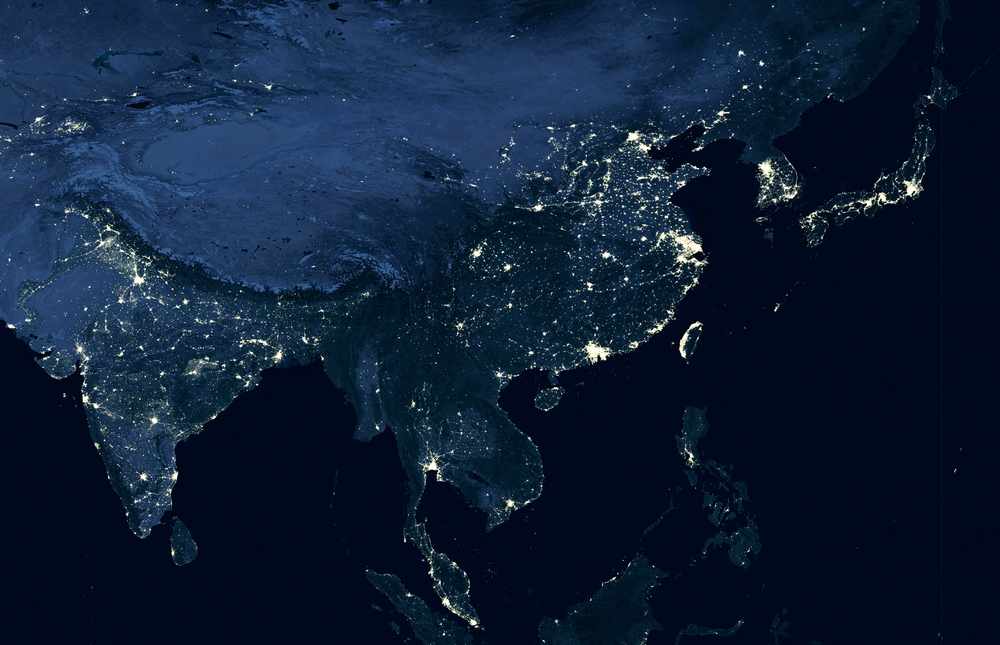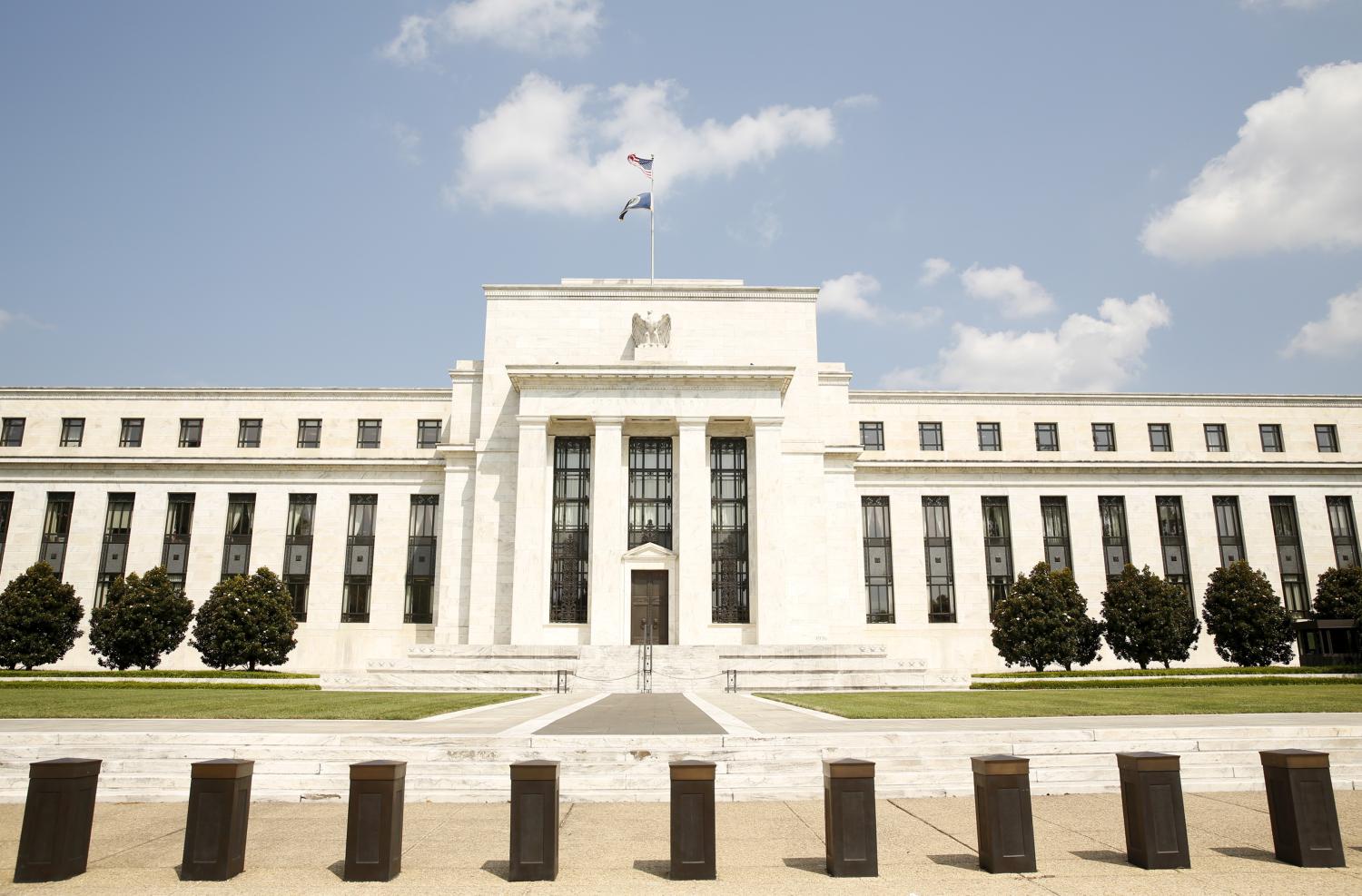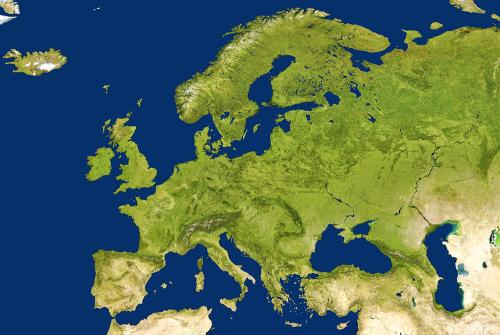For decades inflation had practically disappeared from the economic news and central banks were perceived to be fully in control and able to avoid high-inflation episodes. In advanced economies, the global high-inflation period of the 1970s was followed by a number of disinflationary episodes driven by central bank policies. At the same time, monetary policy frameworks were changing both from a governance and an operational point of view. On the governance side, central banks were increasingly becoming independent of governments. On the operational side, a combination of inflation targeting and interest rates rules that were designed to better anticipate and stop increases of inflation became the norm for all central banks. This led to a long period of very low and stable inflation.
In emerging markets, which had a history of much higher and persistent inflation, a similar trend started although possibly with a few years of delay. As years passed, low inflation became the norm and the number of emerging markets with double-digit inflation became rare. While in the 1990s one could find more than fifty countries with inflation about 10%, by 2014 the number was as low as ten.
This environment changed after the global COVID pandemic. Inflation returned in many countries in ways that surprised forecasters but also policy makers, given that some central banks, in particular among advanced economies, had spent years after the global financial crisis trying to increase inflation closer to their targets. And after witnessing the biggest recorded downturn in global economic activity, the fear was more about entrenched expectations of deflation rather than an increase in inflation. But quickly after the recovery had started, inflation picked up and then accelerated in many countries around the world. This required a U-turn in central bank policies and an increase in rates at a much faster pace than in previous similar episodes. While, given their recent history, the return of inflation was more of a surprise in advanced economies, inflation also surprised many in EMDEs and it reached levels not seen in decades.
Why did inflation wake up? The widespread nature of the inflation increases clearly signaled the importance of global shocks. And there were two obvious candidates: the supply chain disruptions associated to the reopening from the pandemic and later the invasion of Ukraine by Russia. But despite the global nature of the inflationary spike, there were certain additional factors that looked different across countries. In some countries economic policy, in particular fiscal policy, was very expansionary. In other countries, governments were making heavy use of subsidies and other price control measures to reduce the pace of inflation. And the strength of the recovery was not the same everywhere. While in some countries economic activity quickly returned to the pre-pandemic level or even the pre-pandemic trend, in others the catch-up took longer or it never happened.
This paper analyzes the behavior of inflation during the 2020-2023 episode with a focus on the group of emerging and developing economies (EMDE) in Asia. How do they compare to other EMDEs or the group of advanced economies? What were the factors that explain the distinct behavior of this group of countries? We provide evidence that a combination of weaker post-pandemic recovery, a less aggressive traditional fiscal policy, a strong use of subsidies, minimal depreciation of exchange rates, and a history of lower and less volatile inflation account for this region differential’s response.
The Brookings Institution is committed to quality, independence, and impact.
We are supported by a diverse array of funders. In line with our values and policies, each Brookings publication represents the sole views of its author(s).








